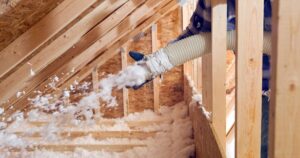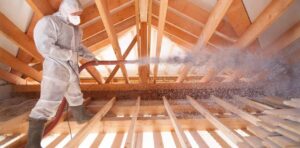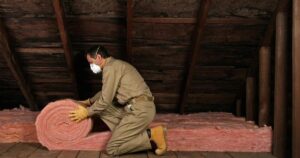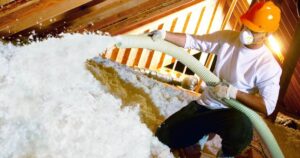How To Spray Insulation In Attic?
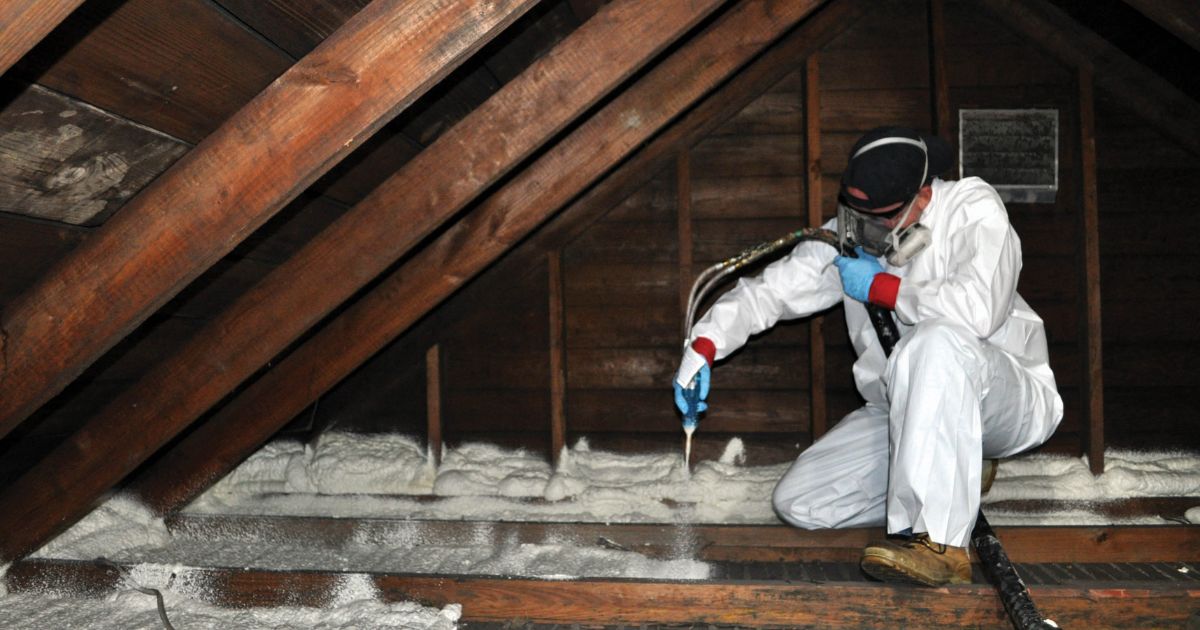
Are you tired of fluctuating temperatures in your home, especially during extreme weather conditions? If so, you’re not alone. One of the most effective ways to combat this issue is by insulating your attic. Proper insulation can keep your home comfortable year-round and help you save on energy bills. In this comprehensive guide, we will ...
Read more
Can You Have Too Much Insulation in Your Attic?
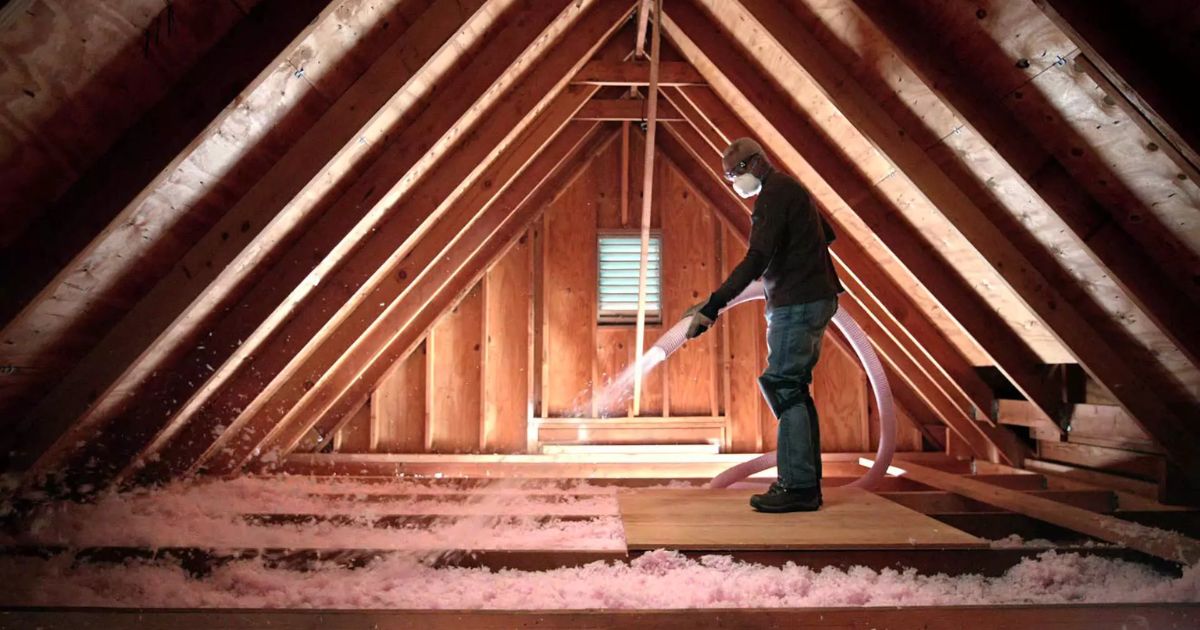
When it comes to home insulation, it’s easy to believe that more is always better. After all, a well-insulated home is more energy-efficient and comfortable. However, the question many homeowners ask is, “Can you have too much insulation in your attic?” In this article, we’ll explore the nuances of attic insulation, including the benefits, potential ...
Read more
Does Every House Have An Attic?
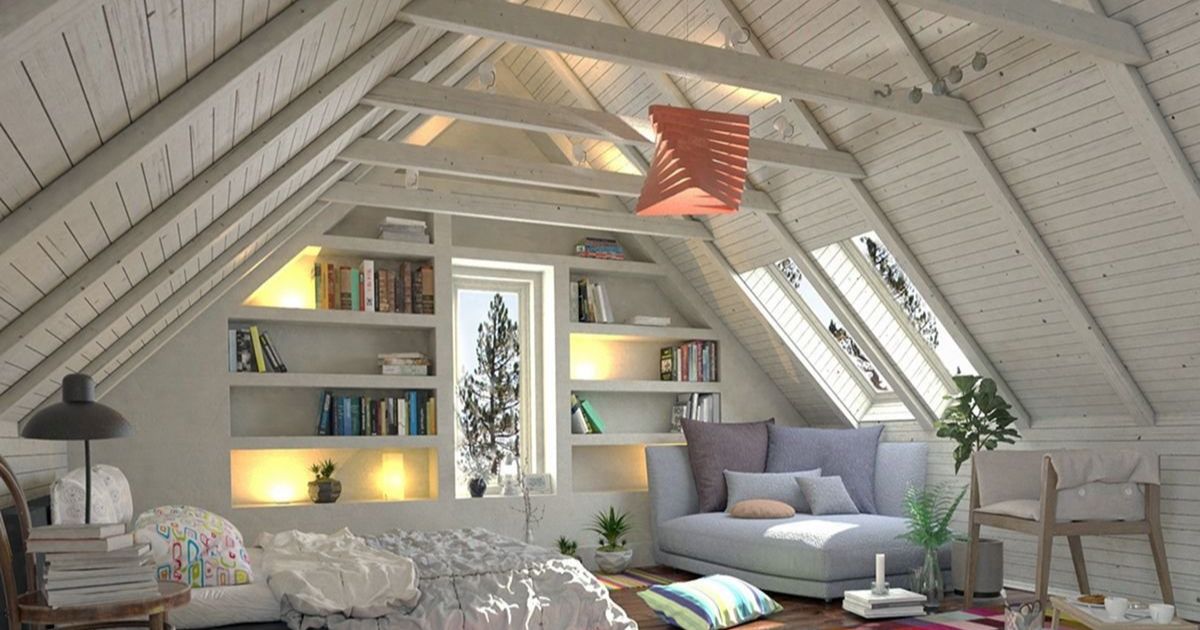
The attic, a mysterious and often overlooked part of a house, has played a significant role in residential architecture for centuries. However, the presence of an attic in a house is not universal; it largely depends on architectural design and regional building traditions. In this article, we will explore the significance of attics in homes, ...
Read more
How To Insulate A Ceiling Without Attic?

When it comes to keeping your home comfortable and energy-efficient, one area that often gets overlooked is the ceiling. Most homeowners focus on insulating their walls and floors, but insulating your ceiling can be just as important. Whether you don’t have an attic or it’s inaccessible, insulating your ceiling can make a significant difference in ...
Read more
How To Insulate Ductwork In Attic?
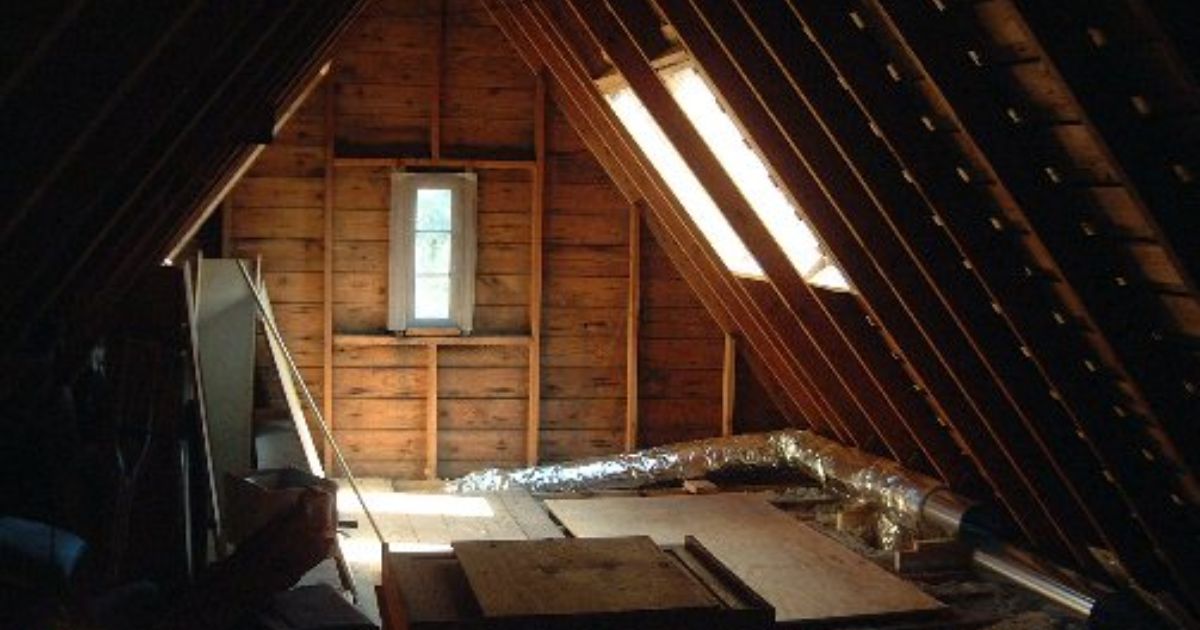
When it comes to maintaining a comfortable indoor environment, insulating your ductwork in the attic is a crucial step that often gets overlooked. Not only does this help regulate the temperature in your home, but it also plays a significant role in energy efficiency. In this guide, we’ll delve into the importance of insulating ductwork ...
Read more
How To Remove Blown In Insulation From Attic?
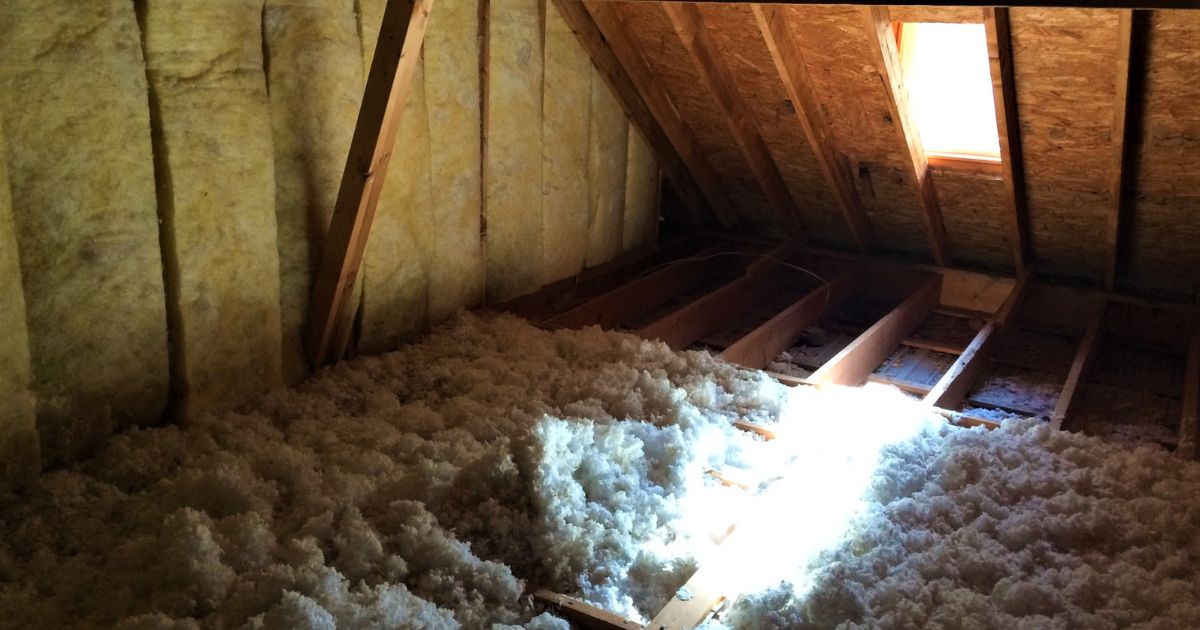
You’re facing the challenge of dealing with blown-in insulation in your attic, you’re not alone. Many homeowners find themselves in a similar situation, and it’s essential to understand how to properly remove it to maintain the energy efficiency and safety of your home. In this comprehensive guide, we’ll elaborate on the complete reasons behind needing ...
Read more
How Deep Should Attic Insulation Be?
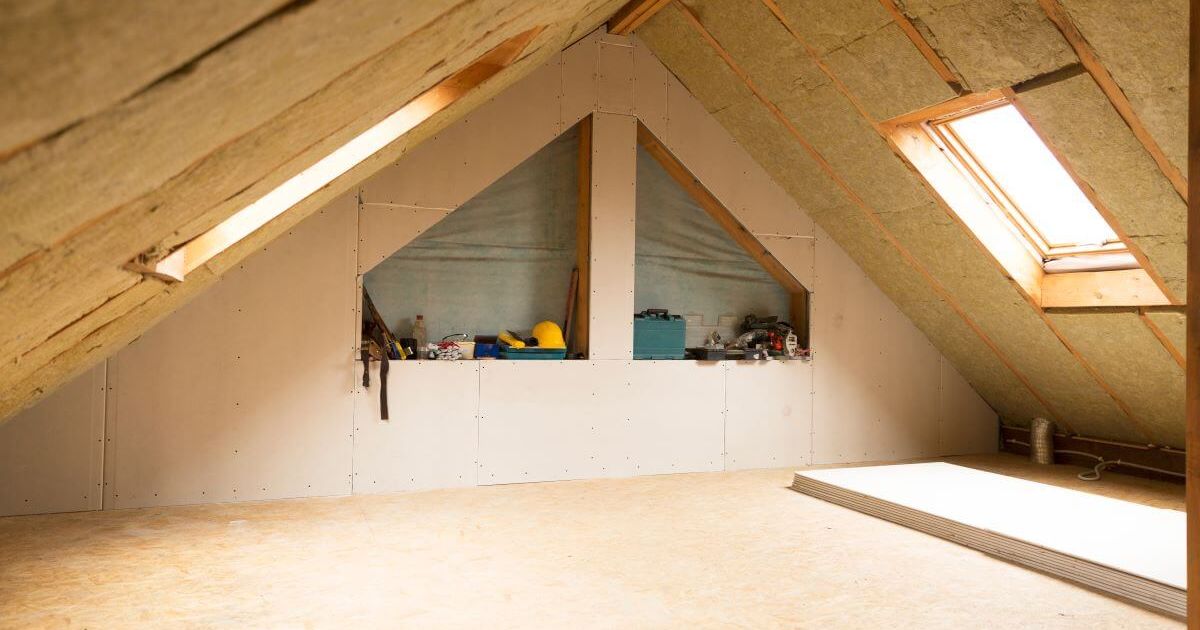
Attic insulation is often overlooked when it comes to home improvements, but it plays a crucial role in maintaining a comfortable indoor environment and reducing energy costs. How deep your attic insulation should be depends on various factors, including your location, the type of insulation you choose, and the climate in your area. In this ...
Read more
How To Insulate Open Ceiling Rafters?

If you have an open ceiling with exposed rafters, insulating them can significantly improve energy efficiency and make your living space more comfortable. Whether it’s an attic, a loft, or any other open ceiling area, proper insulation helps maintain consistent temperatures and reduces energy bills. In this comprehensive guide, we’ll walk you through the steps ...
Read more
What Does Insulation Look Like?
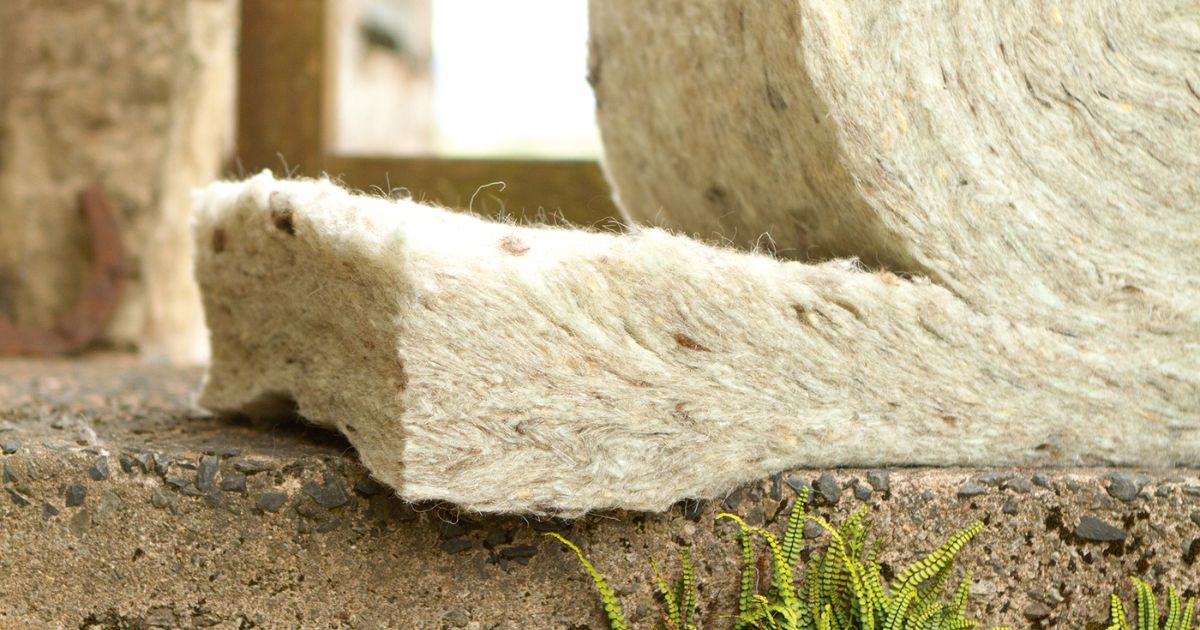
Insulation is a material or structure used to slow down the transfer of heat, sound, or electricity. It is commonly used in various applications to maintain a desired temperature, reduce energy consumption, protect against noise, and enhance safety. Insulation can take on various appearances depending on the type and location within a building. Understanding what ...
Read more
Is Tap Insulation Worth It?

Whether tap insulation is worth it depends on various factors, including your specific needs and circumstances. Tap insulation, also known as blown-in insulation, is a method of insulating your home by blowing insulation material into wall cavities, attics, or other areas. When it comes to optimizing your home’s energy efficiency and comfort, you’ve likely heard ...
Read more

